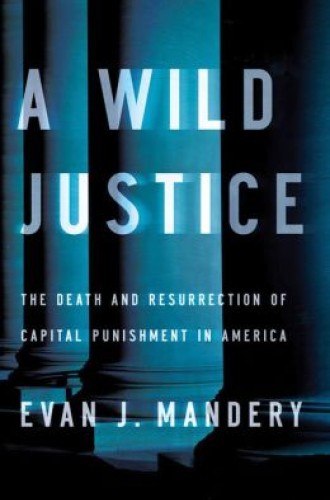The executioner’s return
The United States stands alone among Western democracies in retaining the death penalty. In 2012 the states executed 43 persons and sentenced another 77 to death. But from time to time unexpected individuals and institutions flirt with its abolition. At a 2000 conference in Williamsburg, Virginia, I heard Pat Robertson issue a much-publicized call for a moratorium on capital punishment. He did not mobilize many of his evangelical followers on the issue.
In 1972 the U.S. Supreme Court, to the shock of many, struck down all of the nation’s death penalty laws, undoing the sentences of more than 600 death-row prisoners on the grounds that as administered the laws allowed “cruel and unusual punishment” in violation of the Eighth Amendment. But the decision, Furman v. Georgia, merely flirted with abolition. The justices’ reasoning left ample room for states to enact new capital punishment laws, and many did so. In 1976 the court upheld many of those laws in Gregg v. Georgia. Since capital punishment resumed in 1977, more than 1,300 persons have been executed.
Criminal justice professor Evan Mandery tells the story of the Furman and Gregg decisions and the legal campaign against the death penalty waged by the NAACP Legal Defense and Educational Fund, the civil rights group that won Brown v. Board of Education. The LDF, led by brilliant attorney Anthony Amsterdam, faced a steep uphill battle in getting the Furman ruling abolishing capital sentences: capital punishment is referred to or assumed three times in the text of the Constitution, and it has support in decades of tradition. But by the late 1960s juries were imposing the death penalty less and less frequently. When they did, it was with no statutory guidance concerning the appropriate cases for death, and there appeared to be major racial disparities in the results.




